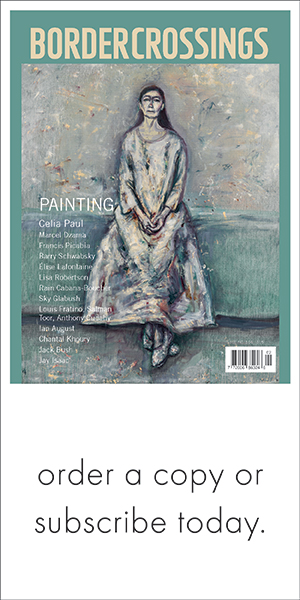A good travel book transports the reader to someplace exotic, only to spur reflection on the reader’s current circumstances. For some types of introspection, however, escape to the French Riviera or the highlands of Papua New Guinea might not be ideal. To reflect on our society’s hyperconnected, technology-worshipping society, a tour through one of the places largely responsible for our communications infrastructure seems appropriate. And who better to guide us through but the cultural brain of Douglas Coupland? In Kitten Clone: Inside Alcatel-Lucent Coupland collaborates with Olivia Arthur on a guidebook-as-art-object of the past and future of Bell Laboratories.
The book is part of a series. In 2009 the Swiss-British philosopher Alain de Botton spent a week at Heathrow that resulted in the book A Week at the Airport: A Heathrow Diary. De Botton went on to found...
Chad Kohalyk divides his time between Canada and Japan.

